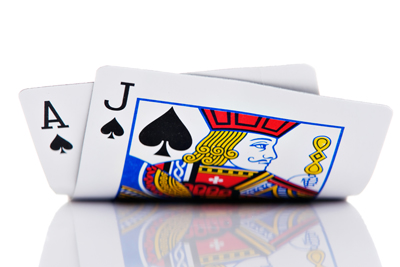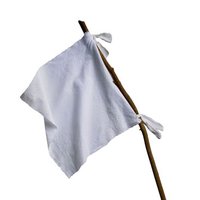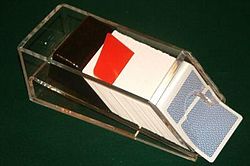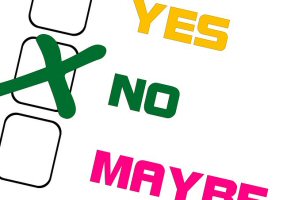3 Rules Beginner Blackjack Players Probably Don’t Know
Three unknown blackjack rules among today’s novice players.

Blackjack is not a complicated game. The object is simple. Tow in, you must achieve a hand value closer to 21 than the dealer, without going over. You can stand, hit, double or split your cards to get there. But these are only the outlying rules of the game.
Beneath the surface are more distinguishable rules – variable rules – the intricate details that can cause the house edge to fluctuate ever-so-slightly from one blackjack table to the next. They include things like dealer hand requirements, inconsistent pay tables, and tempting side bets.
The 3 Worst, Largely Unknown Blackjack Rules
The more complicated rules of the game aren’t the type of things novice players pay much attention to. A natural blackjack that pays 6 to 5, instead of the traditional 3 to 2, is a good example, although most players – even the dampest of novitiates – should recognize that one.
In the following text, we’ll cover three rules most beginners are unaware of, or do not understand thoroughly enough to either exploit or avoid entirely.
#1 Never Say Never Surrender

Beginners tend to come to the table with the mindset that they should never, ever take insurance or surrender a hand. The first half is true – the second half is not. Yes, to surrender is to give up, to forfeit the hand, and accept a loss of money. However, surrendering means forfeiting only half of the bet.
In certain circumstances, when the odds are so far against you that you’re more likely to lose the entire bet no matter what action you do or don’t take, surrendering half your bet can be the right choice, by strategic standards. If you’ll accept this knowledge as a beginner, as you work towards more advanced strategies, you’ll quickly discover when to take advantage of early and/or late surrender.
#2 Deck Size has Nothing to do with Longevity

If you think the casino uses a shoe of 6 or 8 decks to keep the games going longer without interruption you’re wrong. Well, not entirely wrong – that is a sideline perk. But the real reason behind it is to increase the house edge, and prevent card counters from working their magic.
The number of decks has a rather significant impact on the house edge, before card counting is even taken into account. Assuming an 8-deck game has no effect on the house edge, the following deck sizes decrease the casino’s advantage as such:
- Eight decks = 0.00%
- Six decks = -0.02%
- Four decks = -0.06%
- Two decks = -0.19%
- Single deck = -0.48%
Clearly, a single-deck game offers the greatest advantage for players. Although rare, they do still exist. They are extremely hard to find in a land-based casino, but every Microgaming-powered online casino has it. You’ll find it under the name Vegas Single Deck Blackjack.
#3 All Side Bets are for Suckers, Especially This One!

Every blackjack side bet comes with a house edge that’s far worse than the actual game. As tempting as the pay table may be, unless there’s a progressive jackpot that’s reached an exorbitant amount of cash, it’s never, ever worth the risk.
Side bets tend to carry a dastardly edge between 3% and 20%. Some are worse. Far worse! The absolute worst I’ve ever seen is the Lucky Sevens side bet on an online blackjack variant from Amaya called Lucky 7 Blackjack. This side bet pays 1,000 to 1, but is only awarded if the player is dealt 7-7, then hits or splits and receives a third 7 as the next card.
To make matters worse, the dealer peeks for blackjack, so if the player is dealt 7-7, and the dealer has blackjack, the player won’t have a chance to take that hit or split. All things considered, the house edge on this side bet is a shocking 49.89%!
Best Canadian Friendly iPad/Tablets Casino
 Royal Vegas Canada has been our editor’s #1 pick for three consecutive years ! Great compatibility of course (iphones, mobiles and tablets) but also an exciting range of games and promotions. Excellent support teams and quick cashouts… What else to ask for ?
Royal Vegas Canada has been our editor’s #1 pick for three consecutive years ! Great compatibility of course (iphones, mobiles and tablets) but also an exciting range of games and promotions. Excellent support teams and quick cashouts… What else to ask for ?
(Remember to gamble responsibly)


